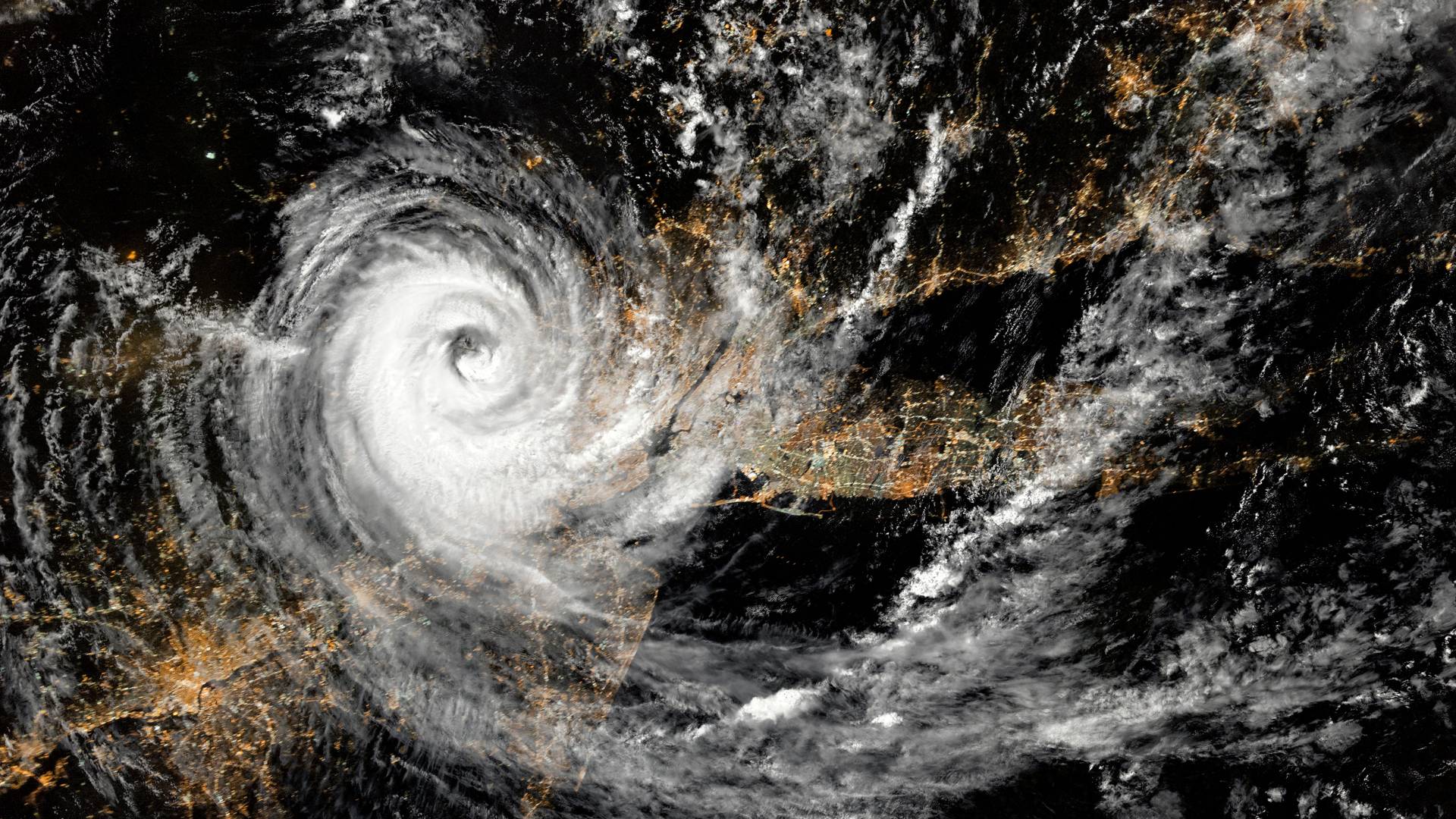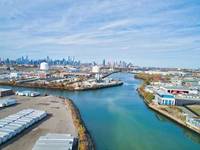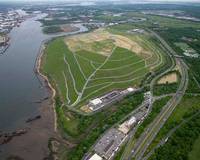Share
One of the defining images of Hurricane Sandy was the torrent of water from the Hudson River pouring through the elevator into the Hoboken railroad station.
The cost of the damage to the Port Authority of New York and New Jersey was $1.6 billion. A decade on and the work to build resiliency into the PATH railroad, at Hoboken and elsewhere, is “near completion,” according to general manager Clarelle DeGraffe.
“The elevator at Hoboken now has basically aquarium-like glass around it. It’s one of our most vulnerable locations. Whenever there’s a storm, that’s the first place we go to secure, so we’ve installed aquarium-like glass. At the bottom of the stairwells, we have almost vault-like doors that will actually seal and keep the water from coming into the system,” she said.
Sandy ruthlessly exposed the vulnerability of the regional mass transit system to extreme weather events and the need for investment to strengthen resilience. Overall the MTA has set aside $7.6 billion for projects related to the hurricane.
Cathy Rinaldi, President of MTA Metro-North Railroad and interim President of Long Island Rail Road, said that Sandy was far from a one-off, and that heavy rain has the potential to cause damage throughout the region.
“The challenge is… identifying other vulnerable locations to that more frequent sort of heavy downpour, but also being able to identify those investments and balance [them]” against keeping the whole network in good repair.
Rinaldi says that the transit operators are also investing in other key activities such as modeling “the ways that water moves through the city” to help direct investment to where it can be most useful and working with meteorological agencies as storms approach to help predict impact.
Rich Davey, President of NYC Transit Authority, said that such events also highlight the role that mass transit must play in providing sustainable transport solutions that can address climate change.
“We think about being stewards of our consumption. I think New York City Transit might be the largest consumer of electricity into the state of New York, as an example, so how we can green the ways that we’re doing business is an important part of that cycle of resiliency as well,” he said.
Hear more about how resilience and sustainability are at the heart of NYC´s transit strategy by watching our video.




